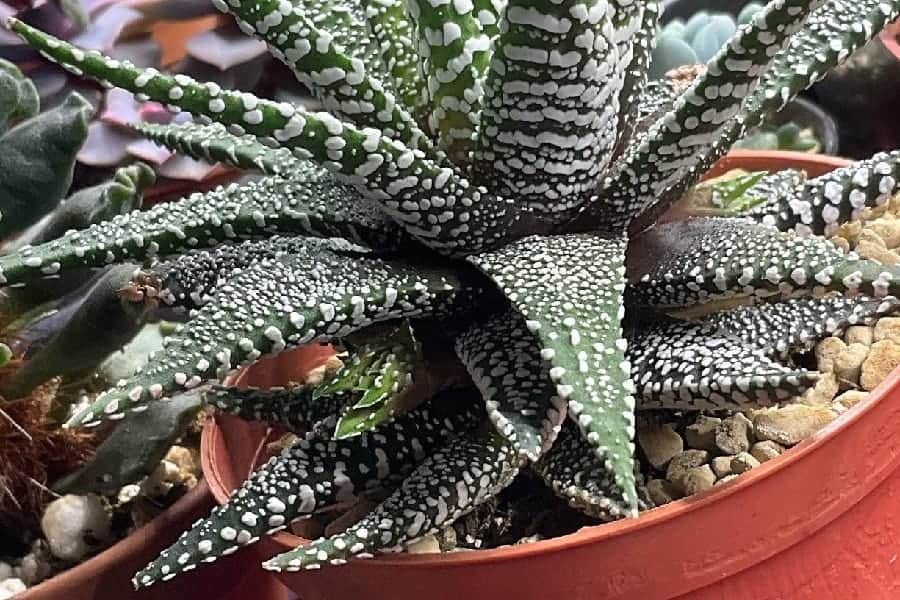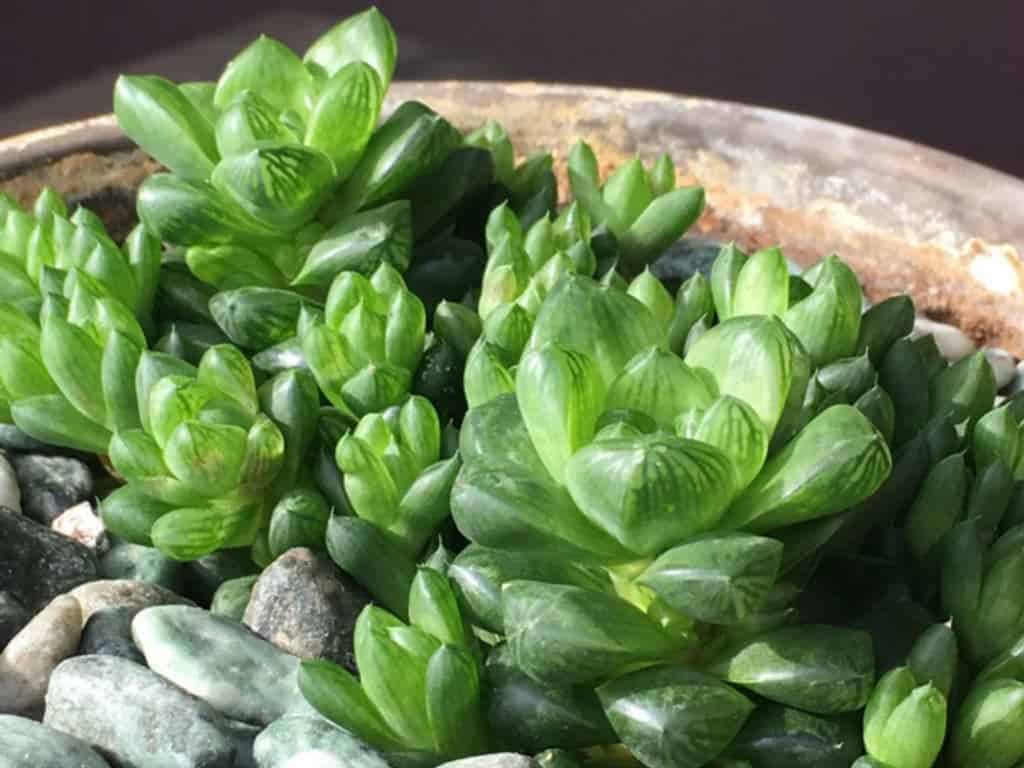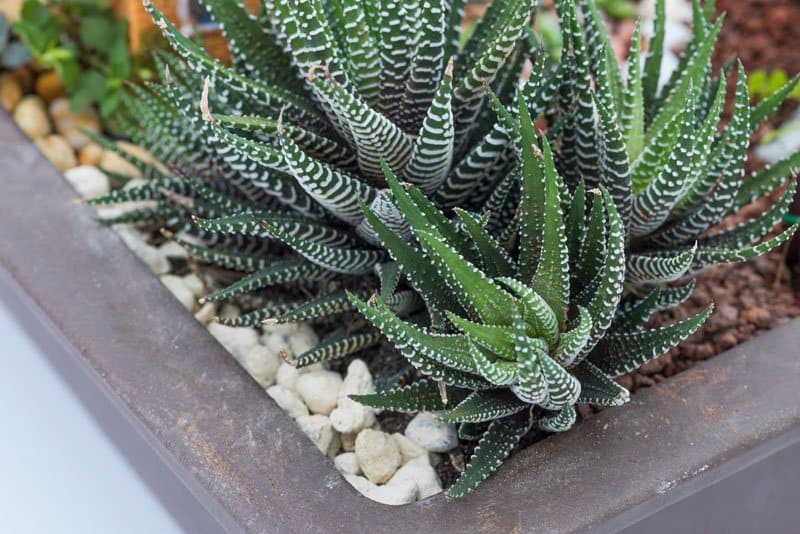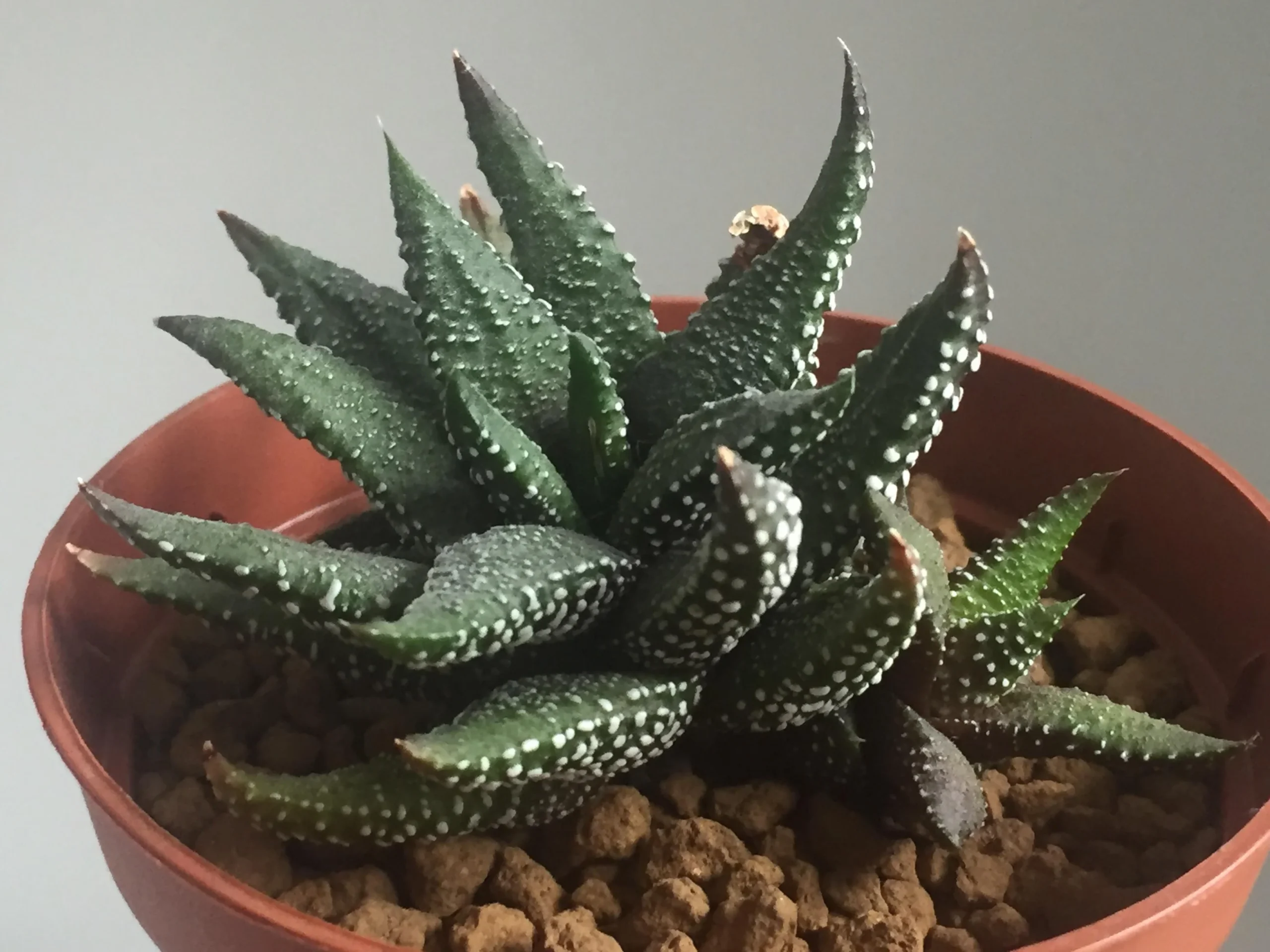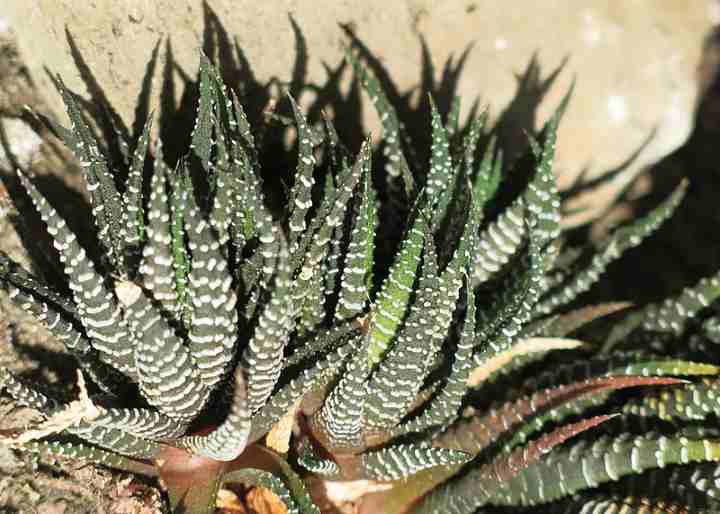Haworthia concolor, more commonly known as the Zebra Cactus or Concolor Zebra Plant, is an easy plant to care for and one of the most popular succulents in the houseplant world.
A lot of people are buying Haworthia Concolor (concolor zebra plant) because they want something different and unique to add to their home décor. They want an air-purifying plant that doesn’t look like the same old ferns and spider plants that are available everywhere you go. If you love the look of this succulent, there are several things you need to know about how to take care of it and make sure it grows to its full potential.
Haworthia concolor (concolor zebra plant) is an easy-to-grow houseplant that can tolerate low-light conditions but still looks attractive enough to sit in a prominent place in your home.
Origin and distribution
Haworthia concolor are native to southern Africa and neighboring regions. The genus is named for Dr. Philip Miller, superintendent of plants at Chelsea Physic Garden in London during the mid-18th century and an important early writer on succulent plants.
The species name concolor means with similar color; zebra plant is a common name for Haworthia with white or cream stripes on leaves that vary from one leaf to another. These small, slow-growing succulents can be found in a variety of shapes and colors.
They can be solitary rosettes or multi-stemmed clumps up to 4 inches tall. Leaves are usually arrowhead-shaped but may be oblong or spoon-shaped as well. Some have smooth-edged leaves while others have leaves that are wavy-edged.
The majority of these succulents are found in Eastern Cape Province, South Africa. This plant species can be identified by its cylindrical leaves, which vary from three inches to eight inches in length and one inch in width. There are approximately 21 different species of Haworthias, including Haworthia cooperi, Haworthia retusa, and Haworthia truncata.
Haworthia concolor propagation
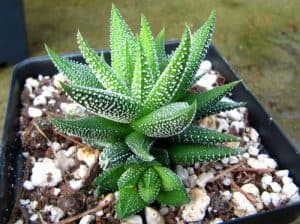
Haworthia concolor is propagated both by leaf cuttings and also by seed. You will need to be careful when taking leaf cuttings because Haworthias have a long taproot that easily becomes dislodged from its potting mix.
The best way to propagate them is to remove their leaves, strip off any older or damaged leaves, and then place them in a glass of room temperature water for about a week before replanting them in a moist medium.
You can use either sand or soil as your medium; if you use soil, make sure it drains well. If you want to grow your plant indoors, keep it under fluorescent lights for 12 hours per day; if you want to grow it outdoors, keep it under shade cloth during the summer months and move it into an unheated greenhouse during the winter months. Be sure not to overwater your plant: they prefer dry conditions and do not tolerate standing water well at all.
Haworthia concolor care information
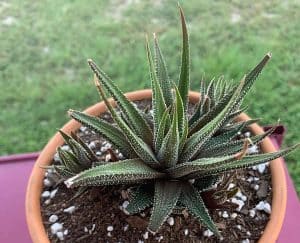
Haworthia concolor succulent’s gray-green leaves are its hallmark. But in order to achieve that signature look, you’ll need to provide a little special care for your plant. Succulents require well-draining soil and full sun.
They can also be grown indoors as long as they receive plenty of natural light. If you want to give your plant some extra love, try misting it with water once or twice a week during warmer months—but don’t overdo it! You don’t want to leave standing water on top of your soil or let it get too soggy.
Light requirement
Haworthia concolor are sun-lovers, so they need a sunny window to thrive. They’ll accept some shade in summer if you live in a very hot area, but I wouldn’t keep them where they get less than 4 hours of sunlight each day. On my east-facing windowsill, these plants get an hour or two of direct morning light and then again in late afternoon/early evening, depending on how far west you live.
Soil/potting mix
Haworthias are highly sensitive to soil pH and are therefore typically grown in potting mix. Most commonly, a soil-less mix with an NPK ratio of 1:1:1 is used, along with dolomite lime for calcium. Haworthias need porous soil that drains quickly; care should be taken not to overwater these plants as they will rot easily if left in soggy soil for too long.
However, most sources recommend watering your zebra plant only when it has dried out completely. This can be difficult to gauge since zebra plants have small leaves and are generally quite compact, so you may want to use a moisture meter or other device designed for checking soil moisture content.
Watering
Haworthia concolor is a succulent that needs little water to survive. In fact, they will take too much water, and die very quickly. They are also susceptible to root rot, which kills plants at an even faster rate. If you notice your concolor dropping its leaves, it’s a good idea to check its soil moisture level, and see if it has enough water or not.
If you choose to water less frequently but more thoroughly by giving your plant a good soak rather than frequent light watering, be sure to allow time for your plant’s root system to dry out before watering again.
Fertilizer
Typically, fertilizing a Haworthia concolor will be done only if it is grown in very sandy soil. In most cases, fertilizer is not necessary because they are native to areas with very little organic material and sand. So, if you have already amended your soil to be more sandy than clay-like, there should be sufficient nutrients in that particular dirt for the proper growth of your plant.
If you want to add some extra nutrients to your soil, then adding some chicken manure would be an excellent choice. You can also use aged compost or any other type of natural fertilizer such as fish emulsion. Just make sure you don’t overdo it on these types of fertilizers or else they could burn up your roots and kill off your plant!
Temperature
Haworthia concolor prefers a temperature between 65 and 75 degrees Fahrenheit. To keep your zebra plant happy, don’t let temperatures fall below 45 degrees or climb above 85 degrees.
In the winter, place your Haworthia on a sunny windowsill to maintain its warmth. On warm days, take it outside for some indirect sunlight. As with most succulents, avoid cold drafts from nearby doors or windows when you bring your Haworthia home from a store or nursery.
Humidity
A Haworthia concolor can be grown in a humid environment, as they’re native to South Africa. Place your plant near a water source, or mist it regularly if you don’t have access to a convenient water supply.
The soil should always feel moist, but not wet; if it begins to dry out, add some more and keep up with regular watering. Also, make sure your plant gets at least eight hours of sunlight every day.
The ideal humidity range is between 40 and 60 percent. If your home’s air tends to be dry, place a humidifier in your home or near your plant. Keep in mind that excessive humidity can also cause problems for Haworthia concolor; it may start to grow mold or develop root rot if there’s too much moisture around its roots.
Pruning
Haworthia concolor are very slow-growing succulents. To keep them looking their best, you will need to prune them on a regular basis. It is recommended that you cut back one-third of all stems each year to stimulate new growth. Because many species of Haworthia form only two leaves at a time, make sure you remove old leaves and flowers before cutting stems.
Be careful not to damage any roots when pruning. The more sun your plant receives, the faster it will grow. If your plant isn’t getting enough light, it may not be growing as quickly as it should be or producing as many leaves as it could. You can use a full-spectrum fluorescent bulb in order to provide your plant with adequate light levels if needed.
When to repot
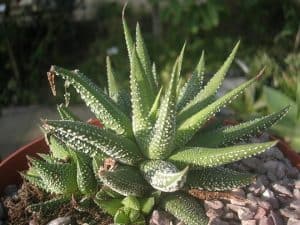
Haworthia concolor need to be repotted every year or two years before they become pot-bound. If you leave them in a small pot for too long, their growth will slow, and leaves will begin to fall off.
With so many different varieties available, it’s also important to pay attention to other signs that your plant needs new soil. Leaves will often turn yellow if there isn’t enough water or nutrients in the soil. Over time, roots can rot if left in waterlogged soil. If you notice any of these signs, it’s time to repot!
Dormancy
If you live in a region where Haworthia Concolor needs to be taken inside for winter, it’s a good idea to place your plant in a dormant period. What does that mean? Basically, dormancy is what plants go into when they know their environment will become less hospitable, like when freezing temperatures are on their way.
The process of dormancy helps prepare your plant for its time indoors. During dormancy, water and fertilizer should be withheld from your plant. When spring comes around again, bring your plant back outside and resume watering and fertilizing as usual. This may sound like a lot of work, but it’s an important step if you want to keep your Haworthia Concolor healthy!
Haworthia concolor flower & fragrance
The little white flowers of Haworthia concolor are nice, but not particularly fragrant. You can trim them off to encourage more bushy growth if you wish, although they do help pollinate plants.
Growth rate
Haworthia concolor is one of those houseplants that grow slowly and steadily. It doesn’t need a lot of sunlight, water, or fertilizer to grow. Depending on how much light it gets, it can be grown inside or outside as a succulent.
This is another plus for many people because it means you don’t have to worry about where you live if you have an allergy to something or just don’t want to deal with that kind of plant!
Toxicity
Haworthia concolor is not poisonous, so it is safe to be around pets and children. As a general rule of thumb, any houseplant that is considered to be poisonous will have an obvious smell or taste that alerts us of its toxicity.
If you do suspect that your plant has been poisoned or exposed to something toxic, however, please take it out of its container and place it in a separate one with fresh water.
USDA Hardiness Zones
Haworthia concolor do well in USDA hardiness zones 9b through 11. In areas with cold winters, they should be grown as houseplants or potted plants that can be brought indoors during colder months.
If you’re growing them outdoors, make sure to bring them inside before temperatures drop below 50 degrees Fahrenheit. If left outside during a freeze, they could get damaged or killed.
Pests and diseases
Haworthia concolor don’t suffer from many pests or diseases, but they can fall victim to mealybugs and scale insects. Keep an eye out for possible infestations; a cotton swab dipped in alcohol can work as a quick and easy way to wipe these pests off of your plant. If left untreated, mealybugs could kill off your Haworthia, so take action as soon as you notice them.
Scale is less dangerous than mealybugs, but it can still leave unsightly marks on your plant. You may want to invest in a stronger insecticide if you notice that scale has settled into your Haworthia.
Conclusion
The concolor zebra plant is one of many succulents that can easily be taken care of in a dry climate. The plant is not only easy to care for, but it’s also beautiful and unique. When you bring your concolor zebra plant home, be sure to place it in a spot where there is ample light and minimal humidity. If given proper attention, you will see your zebra plant thrive in no time.
